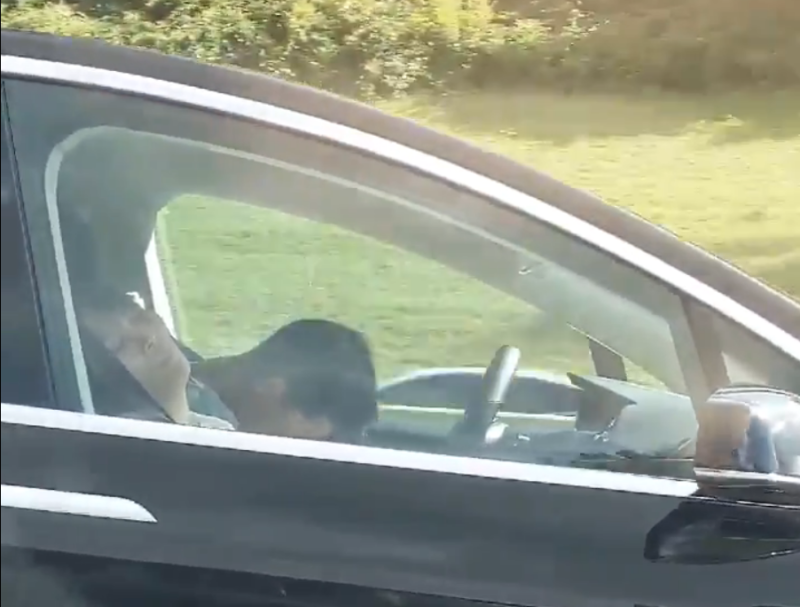A huge number of car accidents take place because the driver slips into a slumber and looses control of the car. One way to prevent such mishaps is using a deep learning program with convolutional neural networks to detect if the driver is feeling sleepy based on his or her eye movement.
To solve this problem, we need a wide variety of data - people with different heights, skin colors, with and without correctional glasses, with varying amount of light and exposure. Collecting this data would have been a huge problem but fortunately a datset with this data already existed. The dataset has been taken from OpenCV's great haar cascade repository different images with varying features.
(This program uses OpenCV, TensorFlow, Keras, and Pygame libraries)
-
We use openCV's input tools to capture an image
-
We then convert the image to greyscale so as to make it usable with openCV library.
-
Create a region of interest i.e the pair of eyes.
-
Use CNN classifier to detect wether the eyes are open or not.
-
Calculate a relative score for the given image as compared to obtained dataset to detect the amount of drowsiness.
-
If sleepy score is beyond a certain score (here, 15), raise an alarm for the driver and/or alert the authorities.
-
You must have Python2.7 or higher installed.
-
You must have installed, the python libraries used in the program. You may do so by typing the following command in terminal or command prompt;
pip install tensorflow keras pygame opencv-python-headless -
Then you may clone the repository.
-
run the main file;
python path/sleepy-driver-detector.py runorpython path/alter_external_method.py run -
Make sure you have the correct webcam permissions enabled (trust me i spent a lot of time trying to debug something when the actual issue was that my IDE did not have access to my webcam.)
-
And finally, don't sleep while driving like come on.
- Main file (sleepy-driver-alert.py) does not run -- issues with openCV rectangle function. [Resolved]
